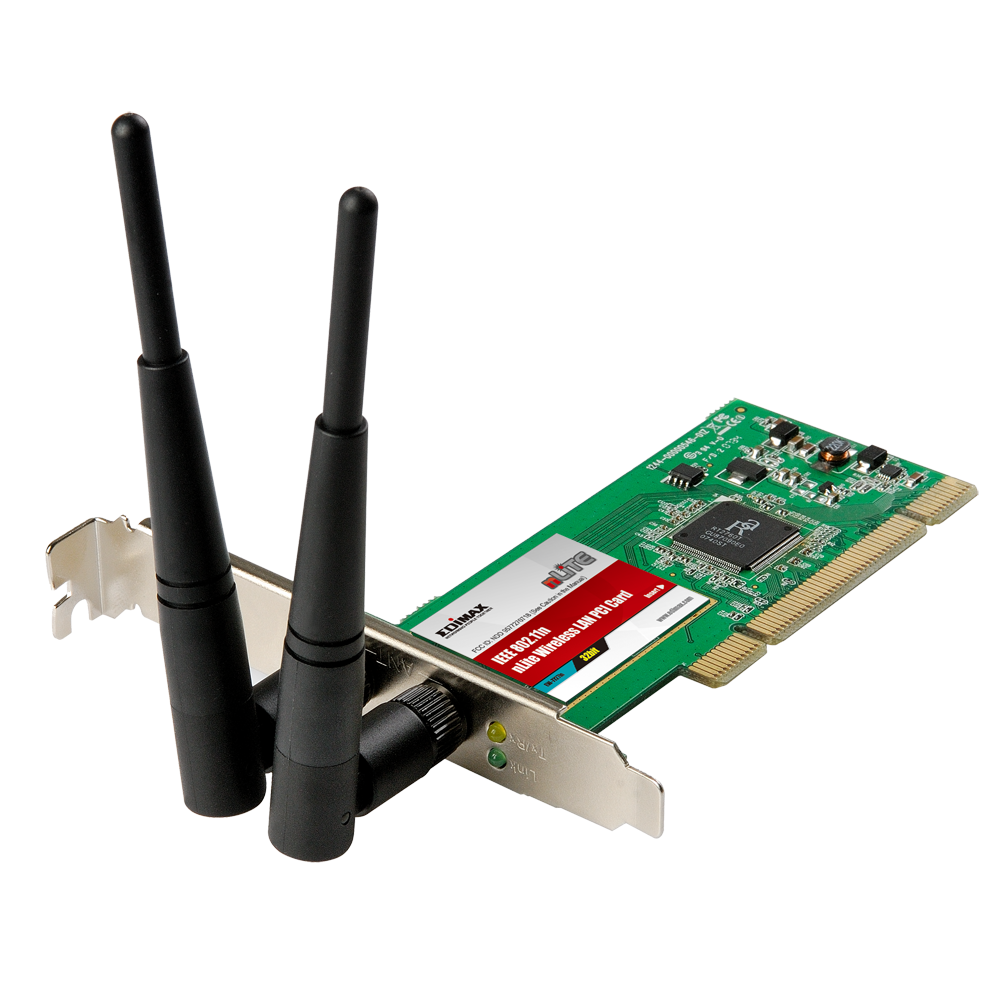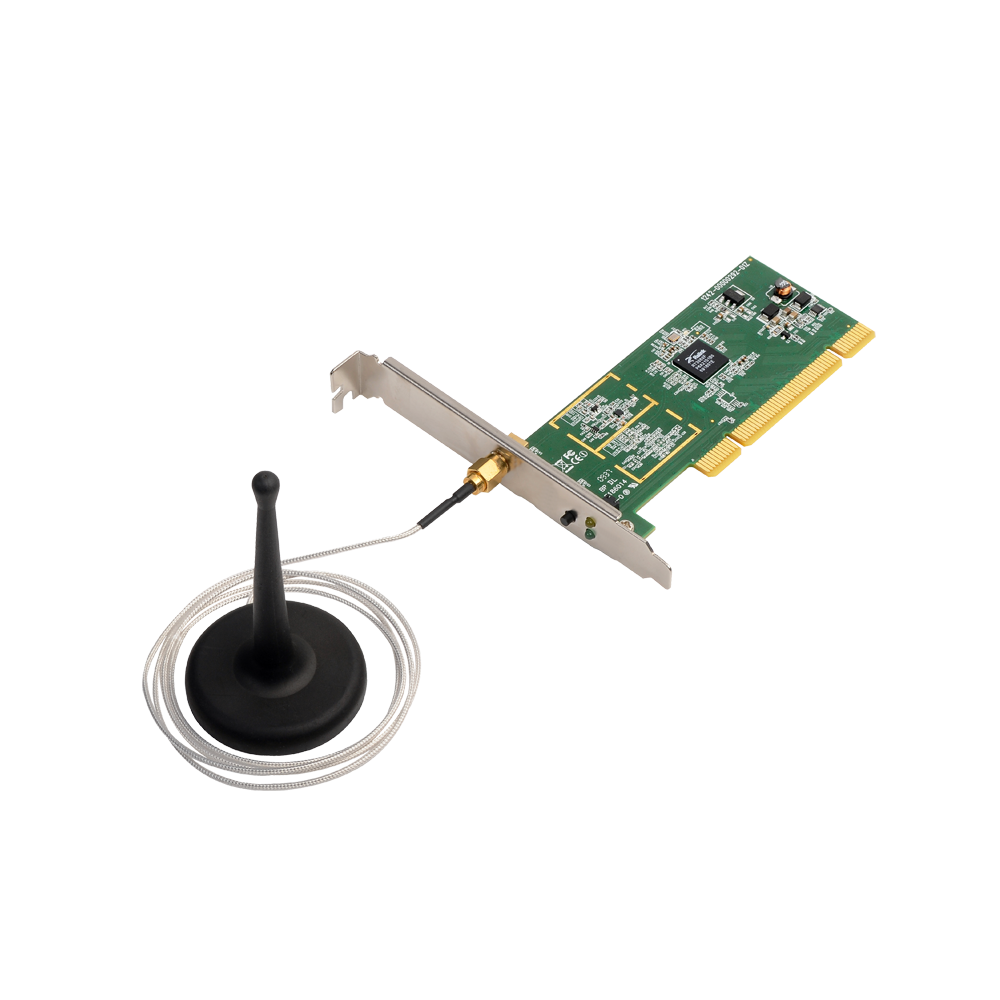October's theme is What is the Fate of the Universe? Find out about how it all started, where we are going, and how long before the Andromeda Galaxy collides with the Milky Way. See Andromeda in the night sky, and find out how long it takes its light to get here with the Telescopes as Time Machines activity. For a list of the files that are provided in this cumulative update, download the file information for cumulative update 3192441. More Information This package updates the Connected User Experiences and Telemetry service to provide benefit for enterprises by using Upgrade Analytics to plan and manage the Windows upgrade process.
This guide will show you how to setup office 2010 to deploy from a Group policy Object. First I will show you how to customize the setup file using the Office customization tool.
You will need: office 2010 volume version (if you download from MSDN or microsoft licensing this will be your version). Network storage location that the PCs can access and access to edit the group policy in your organization.
Please feel free to add a comment on how I can make this guide better.
4 Steps total
Download Oct Network & Wireless Cards Driver Download

Step 1: Download and extract the files to a network location
Basically this step is a copy paste. You will need to move all the files that would be present on the install CD copied to a network location.
Here is what my file list looks like, yours may be different based on the version you have. Also, in the picture I have the original ISO that I extracted the files from. This path is a shared location that I will eventually be able to use to do the install.
Step 2: Run the Office Customization Tool
Run the tool by clicking start, run. Click on the setup.exe file and drag it to the run area. After you release the setup.exe file into the run area add '/admin' (without the quotes) to the end of the path and click OK.
Step 3: Customize your setup
The settings that you customize may differ greatly from what I will suggest. If I don't mention a field that you see that is because I have not changed it from its default. It may be a good idea to resarch your needs to go through all the settings in the OCT so you get your deployment just right.
Install location and organization name - Change the 'Organization name:' to the name of the organization you are setting up.
Licensing and user interface - Use KMS client key
Select the check box to accept the terms of your license aggreement on behalf of users. (check the box below, accepting the terms of the license agreement)
OPTIONALLY you can do this, which allows you to use a MAK key.
To Set Office to Auto Activate (Without user intervention).
Locate 'Modify Setup properties' , add a new one.
Set the name the value to AUTO_ACTIVATE.
Set the value to 1 (number one), and click OK.
Display Level: None - also check the box next to 'Suppress modal' These settings together cause the setup to be silent.
Remove previous installations - Click the radio button next to 'Remove the following earlier versions of Microsoft office programs:' Then leave all the programs in the list.
Add installations and run programs - Click the add button at the bottom right and click the down arrow next to browse. Select [SystemFolder] for the target. In the arguments field enter this command:
Download Oct Network & Wireless Cards Drivers
msiexec /qn /x {90120000-0020-0409-0000-0000000FF1CE}
This command will remove the office 2007 compatibility pack. If you don't have an office 2007 compatibility pack then you don't need this. Also, you should run this command after the install so that if something goes wrong with this command it doesn't mess up your install of office 2010.
Modify Setup properites - Click add, in the properties Name field enter HIDEUPDATEUI in the value enter True.
Modify user settings - Under Microsoft office 2010, Privacy, Trust Center enable 'Disable Opt-in Wizard on first run'. Disable 'Enable Customer Experience Improvement Program'. Enable 'Automatically receive small updates to improve reliability'.
Set feature installation states - The only change I make here is to select not available for the 'Microsoft Sharepoint Workspace'.
Configure shortcuts - Most users I know need to have their Outlook, Word and Excel on the desktop. I click add and then target, find the Microsoft Outlook, for the location select [DesktopFolder]. Do the same for the other Desktop icons that you want. I also went through and remove a couple of the Shortcuts that were in this list.
Outlook profile - Do this if you want to carry over the existing settings for your users without them having to input any exchange server name. Select 'Modify Profile' then 'Define changes to make to the existing profile...'
Add accounts - select 'Customize additional Outlook profile and account information' Click 'Add', select 'Exchange', click next, Add any account name(this will be the outlook profile name). Enter the exchange server namd and click more settings. Click on the 'Configure Outlook Anywhere', 'Connect to Exchange Mailbox using HTTP' mail.exchangeservername.com. Click on 'On slow network, connect using HTTP first, then connect using TCP/IP'. Use this authentication when connecting to the proxy server for Exchange: 'Basic Password Authentication'.

Click on the 'Cached mode' tab, click the 'Configure Cached Exchange Mode'. Cached Exchange Mode settings 'Use Cached Exchange Mode'. Click 'download full frame'. Click on 'Download shared non-mail folders', 'Download public folder favorites'.
Click File, Save. Save this msp file to the updates folder within the office folder that you extracted.
Step 4: Setup a Group policy to install office 2010.
I've attached the office2010.bat file. You will need to put this file in a group policy. Specify the bat file path (Which must be in a network accessible location) in the group policy under Computer Configuration > Windows Settings > Scripts > Startup.
Also, change the setting for 'Maximum wait time for Group policy scripts' in Computer Configuration > Administrative Templates > Systems/Scripts > Policy to 2700.
You may have faster comptuer than I have and you might not need to set the time to so high, but if there is any doubt you should set this setting to at least 30 minutes (1800) so that your PCs have time to complete this script.
When you download the .bat file make sure you go into it and change the 3 instances of 'FullDomainNameHere' to the path of your network location. I have my script written to use DFS so you will probably need to change the full path to make your installer point to the right location.
53 Comments
- HabaneroJose Franco Sep 7, 2010 at 08:41pm
Thank Josh@Acts360 for share it... very useful.
- PoblanoSpyros Christodoulou Sep 8, 2010 at 12:50am
one of the best how-to i have seen! Great work my friend!
Keep it up. and THANK YOU for sharing. - Chipotlemitrum Sep 8, 2010 at 01:38am
Thanks for sharing, I will try it in my network.
- AnaheimSecron Sep 9, 2010 at 07:21pm
We might need this soon, thanks!
- SerranoSmitro Sep 21, 2010 at 03:51am
I used it, It worked! Thanks.
- PoblanoITJosh Sep 21, 2010 at 07:18am
Smitro, that is great. Did you need to make any changes to it? Or did you see any way for it to be improved.
- Thai PepperChris128 Sep 21, 2010 at 08:49am
We have found that when we run this script on Windows 7 the script does run and does install the software but unlike Windows XP it does not wait for the script to complete before letting the user log on. The end result being that users can be logged on and trying to open documents whilst the installation/upgrade is still running in the background - not good. I did try to follow the technet guide on how to deploy Office 2007/2010 through the proper Software Installation feature in group policy ( http://technet.microsoft.com/en-us/library/cc179214(office.12).aspx ) but it was far more hassle than it was worth... If anyone does get it working this way I would love to see a simplified guide!
- PoblanoITJosh Sep 21, 2010 at 09:16am
Chris, I wonder, did you set the group policy setting that specified the wait to install for login?
'Also, change the setting for 'Maximum wait time for Group policy scripts' in Computer Configuration > Administrative Templates > Systems/Scripts > Policy to 2700. '
- JalapenoPhil6683 Sep 27, 2010 at 09:49am
I followed this and it worked beautifully. However, I'm not having so much luck adapting it to do installs of Visio and Project 2010. Anyone know how to do this?
- Thai PepperEmerson Leal Oct 4, 2010 at 01:38pm
Great how-to! Congrats, comrade, and thank you.
- SerranoSmitro Oct 4, 2010 at 08:22pm
Not sure if it was just me, I did this an now I've realised that the Proofing tools where not installed by default. I'd love to know how to update the package to include them (now that I've already done the install on 100+ machines).
Is there a way to re-deploy changes?
- Pimientodarren_the_makem Nov 23, 2010 at 01:56pm
This is fantastic. Thank-you for taking the time to do it.
- PimientoBD2000 Dec 9, 2010 at 05:49pm
Does this remove office 2007/2003 if it is installed already?
- Pimientodave8898 Jan 26, 2011 at 02:03pm
Epic awesomeness! .... one question will there be any issue with using 'enter another product key ' option? I'm not familiar with setting up a KMS host and don't really have time to research it at this moment
- PimientoJosh@home Jan 26, 2011 at 02:39pm
Yes, this will remove previous installations if you follow the directions. When you are going through step 3 above the section for this is Remove previous installations.
- 1
- 2
- 3
- 4
